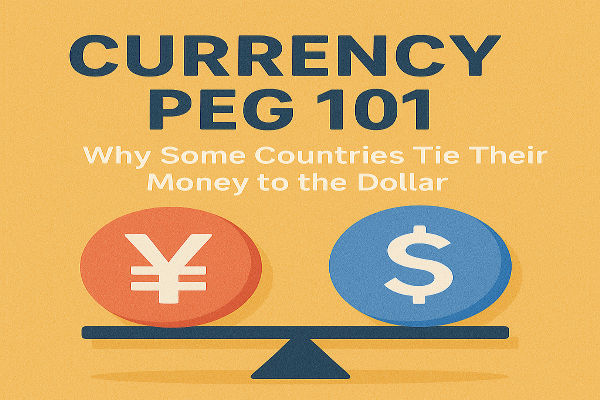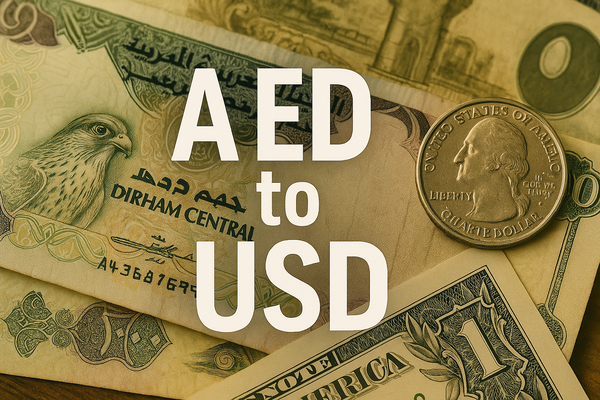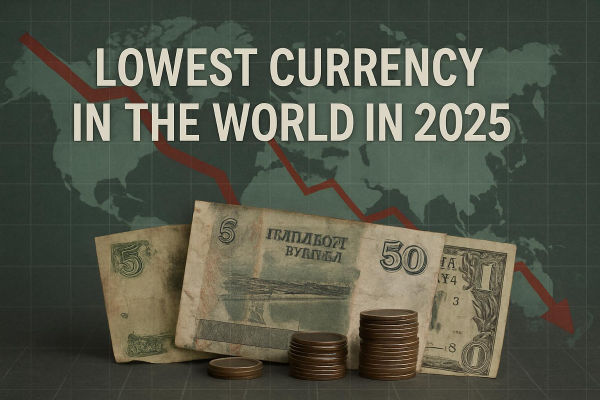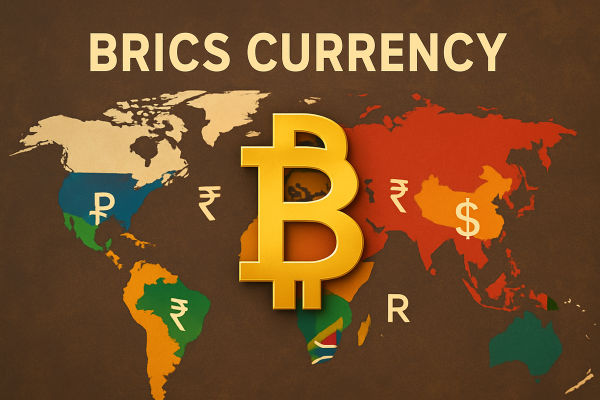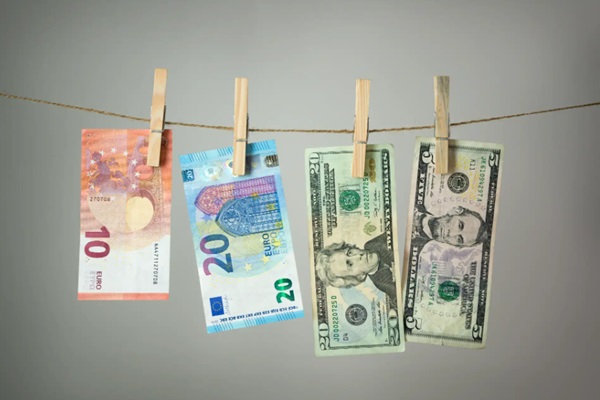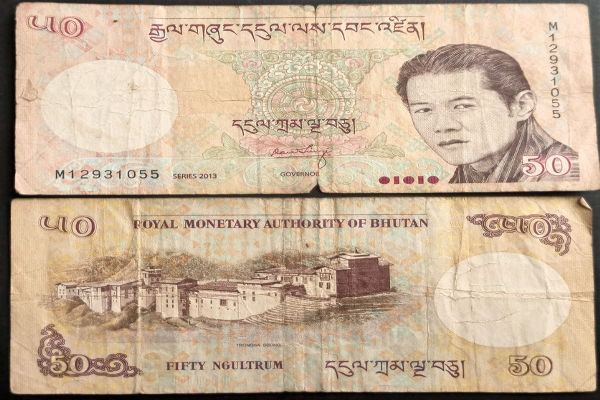Imagine a small boat tied securely to a giant ship in a stormy sea. No matter how rough the waves get, the boat rises and falls with the ship, moving safely in its shadow. That image captures the essence of a currency peg, an economic anchor that keeps a country’s currency steady by linking it to a stronger one, usually the US dollar.
In an unpredictable global market where floating exchange rates swing with supply and demand, some nations choose the calm of stability. Currency pegs are among the most powerful tools in international finance, influencing trade competitiveness, inflation rates, and foreign investment. Understanding how they work helps traders and investors interpret why some exchange rates hardly move, while others fluctuate by the minute.
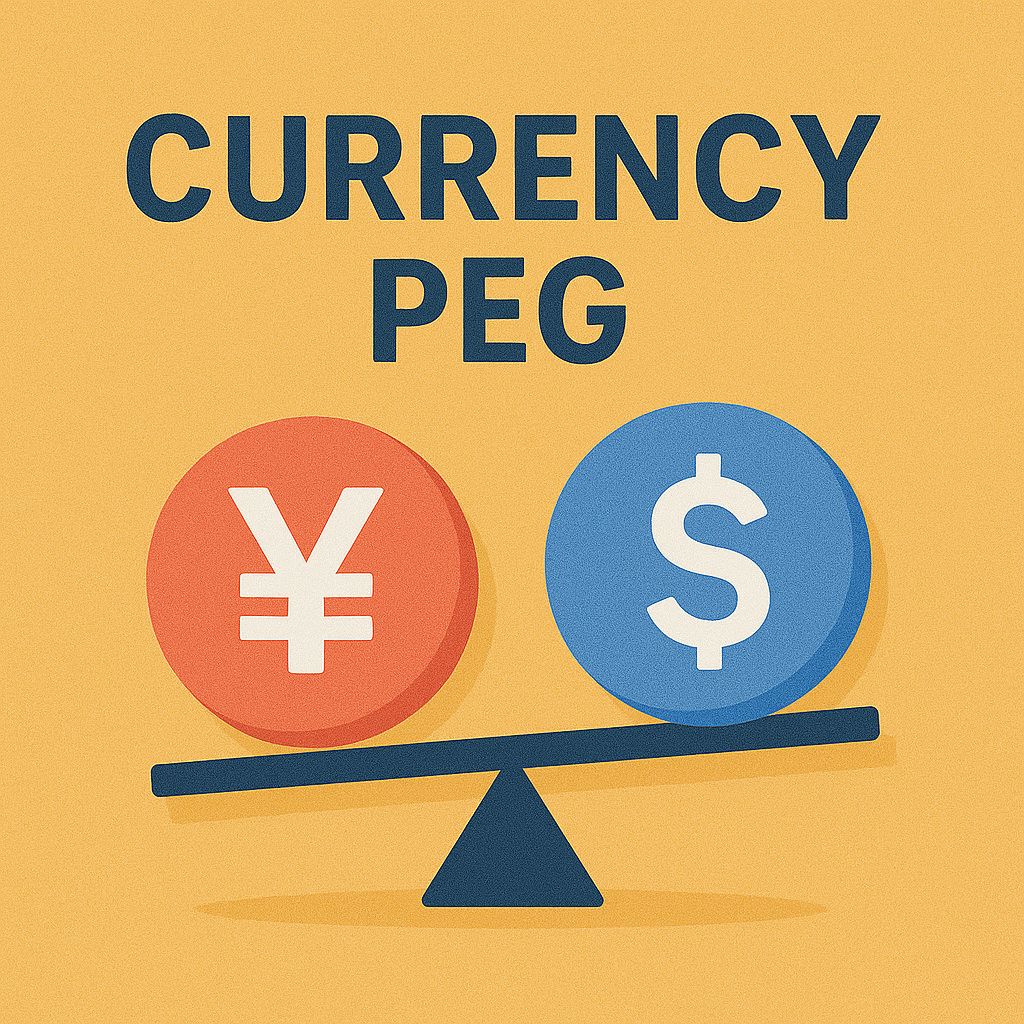
What Is a Currency Peg?
A currency peg, also known as a fixed exchange rate, is when a country’s central bank fixes its currency’s value to another, most often the US dollar or the euro. Instead of letting market forces determine the price, the central bank actively maintains the peg by buying or selling its own currency in the foreign exchange market.
For example, if a country sets its currency at 3.75 units to one US dollar, it must ensure that rate holds steady. If demand for its currency rises, the central bank sells its own currency and buys dollars to maintain balance. When demand falls, it does the reverse.
This system contrasts with floating exchange rates, where currencies fluctuate freely based on market sentiment, interest rates, and trade balances. Pegs remove that volatility, creating predictability for trade and investment.
Why Countries Peg Their Currencies
Countries adopt pegs for several strategic reasons.
Stability for Trade and Investment
Fixed rates help exporters and importers plan with confidence. A predictable exchange rate means contracts, pricing, and profit margins stay steady.
Inflation Control
Pegging to a stable currency like the US dollar can help countries with weak monetary discipline control inflation. Since the dollar remains relatively stable, the pegged nation imports that stability.
Investor Confidence
Pegs create trust in financial markets. For developing nations, aligning with the dollar signals reliability and encourages foreign investment.
Example:
Saudi Arabia pegs its riyal to the US dollar at 3.75, providing stability for oil exports priced in dollars. Hong Kong has pegged the HKD to the USD since 1983, helping the city maintain global financial credibility.
How a Currency Peg Works
Maintaining a peg requires constant intervention. The central bank sets a target rate and keeps large foreign exchange reserves to defend it.
Example:
If 1 USD = 7.8 HKD is the target, and market demand pushes HKD to 7.7, the Hong Kong Monetary Authority sells HKD and buys USD until the rate returns to 7.8. If HKD weakens to 7.9, it does the opposite by selling USD and buying HKD.
To sustain this, a country must hold enough US dollars or other foreign reserves to influence market supply and demand. It also needs to adjust domestic interest rates to deter speculation against the peg.
Countries with strong export industries or consistent inflows, such as oil exporters, can maintain pegs more easily because they naturally earn foreign currency reserves.
Real-World Examples of Currency Pegs
Hong Kong Dollar (HKD)
Pegged to the US dollar since 1983 within a narrow band of 7.75–7.85. The system has survived multiple crises, including the 1997 Asian Financial Crisis and 2008 Global Financial Crisis, proving its resilience.
Saudi Riyal (SAR)
Fixed at roughly 3.75 to the US dollar, the peg stabilises the kingdom’s oil revenues and underpins fiscal planning.
Danish Krone (DKK)
Pegged to the euro within a tight fluctuation range under the ERM II system, helping Denmark maintain alignment with European trade policies.
According to IMF data, around 25% of the world’s GDP operates under some form of currency peg or tightly managed exchange rate as of 2025.
Advantages of a Currency Peg
Stability for business: Predictable rates make pricing and budgeting easier for global trade.
Inflation control: Countries tied to stable currencies import monetary discipline.
Investor confidence: Pegs reduce uncertainty and attract long-term capital.
Policy credibility: A stable peg can anchor expectations in economies with a history of volatility.
Disadvantages of a Currency Peg
High reserve requirements: Central banks must hold large amounts of foreign currency to defend the peg.
Limited policy independence: Domestic interest rates often need to follow those of the anchor currency.
Speculative attacks: Traders may target currencies they believe are overvalued or unsustainable.
Artificial valuation: Pegs can distort competitiveness by fixing a rate that does not reflect real market value.
Case Study:
In 1997, Thailand’s baht was pegged to a basket dominated by the US dollar. When foreign investors lost confidence, capital outflows soared. The Thai central bank burned through reserves defending the peg but was eventually forced to devalue. This triggered a cascade of devaluations across Asia, marking the start of the Asian Financial Crisis.
How Currency Pegs Affect Forex Traders
For forex traders, pegged currencies behave differently from floating ones. Pegs remove most of the day-to-day volatility that traders thrive on, making them less appealing for short-term speculation.
However, they can still matter in indirect ways.
Safe-Haven Moves: Pegged currencies often reflect investor demand for the anchor. When USD strengthens, so do pegged currencies.
Break Risks: If a peg comes under pressure, volatility can explode. The Swiss franc shock of 2015, when the Swiss National Bank abruptly abandoned its euro cap, caused extreme market dislocations.
Correlation Trading: Traders can use pegged pairs as proxies for their anchor currencies to manage exposure.
The Modern Debate: Are Pegs Still Useful in 2025?
As of 2025, the US dollar remains the dominant anchor for global pegs, but the landscape is shifting. Some nations are diversifying by linking partially to the euro or Chinese yuan to balance trade exposure.
Oil-rich states in the Gulf Cooperation Council continue to rely on dollar pegs for revenue stability. Meanwhile, smaller economies experimenting with digital currencies face new questions about whether a digital peg could exist and what it should be linked to.
IMF reports from 2024 note that hybrid systems combining managed floats with soft pegs are gaining popularity. These semi-pegs allow countries to enjoy stability without fully surrendering monetary flexibility.
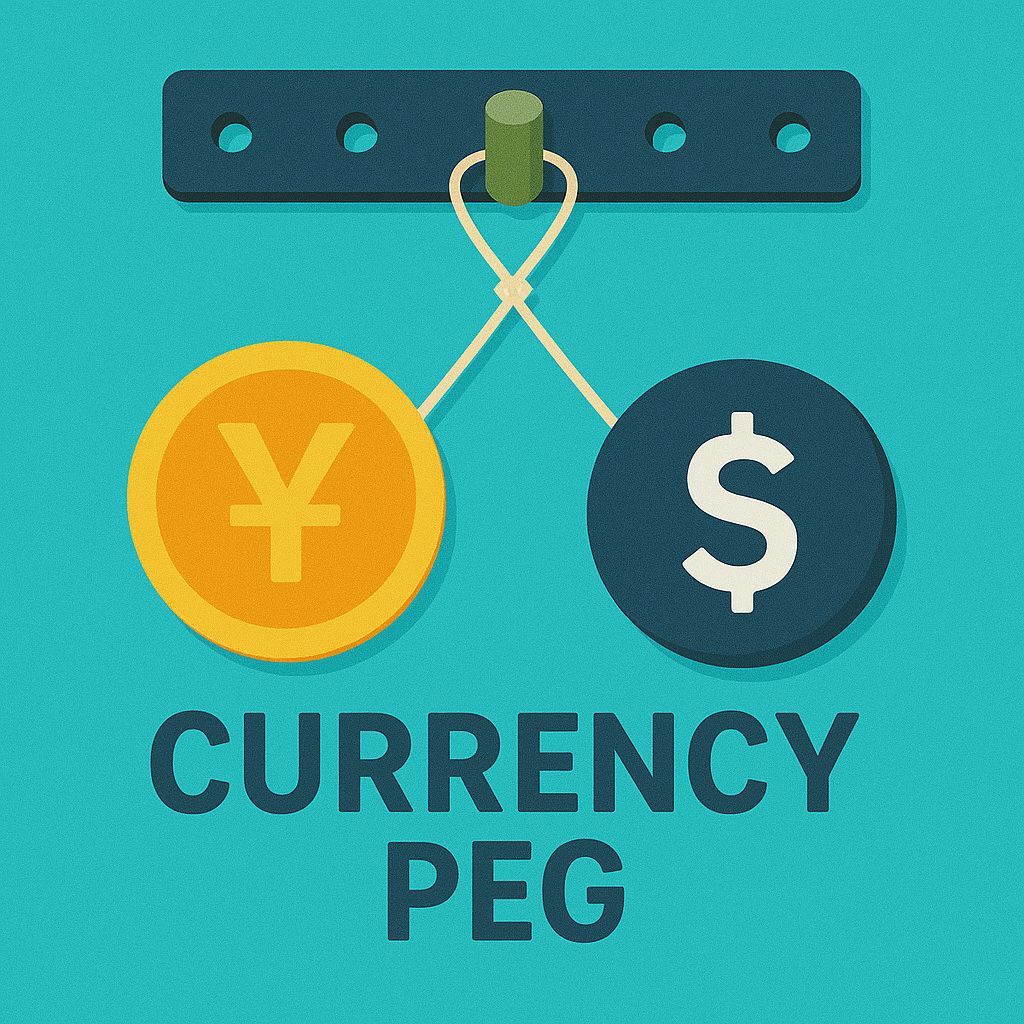
FAQs About Currency Pegs
Q1. What happens if a country breaks its currency peg?
A break often triggers rapid devaluation, inflation, and capital flight. Investors lose confidence, and central banks must rebuild credibility.
Q2. How do traders know when a peg is under stress?
Watch for falling foreign exchange reserves, widening black-market exchange rates, or increased government bond yields.
Q3. Why is the US dollar the most common anchor currency?
Because it dominates global trade, commodities pricing, and central bank reserves, making it the most liquid and trusted benchmark.
The Big Picture
A currency peg is a double-edged sword. It offers peace of mind to businesses and investors but binds a nation’s monetary hands. In times of global calm, it brings stability and credibility. In periods of turmoil, it can become a burden. For traders, recognising which countries maintain pegs and how firmly helps interpret price behaviour, interest rate policy, and cross-border capital flows.
Like an anchor in a storm, a peg provides safety, but too much weight can slow progress.
Mini Glossary
Anchor Currency: The currency to which another is pegged, often the US dollar.
Foreign Reserves: Assets held by a central bank to support or defend its currency.
Devaluation: A downward adjustment in the official exchange rate of a pegged currency.
Speculative Attack: A coordinated sell-off targeting a currency expected to lose its peg.
Disclaimer: This material is for general information purposes only and is not intended as (and should not be considered to be) financial, investment or other advice on which reliance should be placed. No opinion given in the material constitutes a recommendation by EBC or the author that any particular investment, security, transaction or investment strategy is suitable for any specific person.
